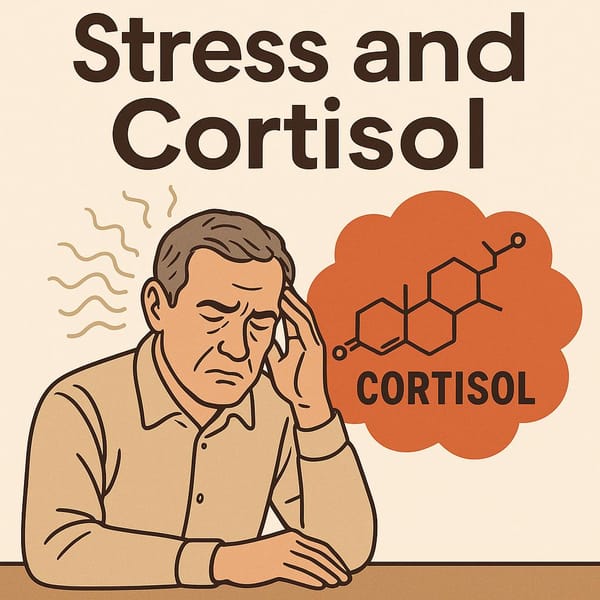Prostate Enlargement: A Common Concern for Men and How to Manage It Effectively

Introduction
Have you ever noticed frequent nighttime urination or discomfort in your lower abdomen disrupting your daily life? For many men, these issues are more than just minor inconveniences; they could be early signs of prostate enlargement, medically referred to as Benign Prostatic Hyperplasia (BPH). This condition becomes increasingly common with age. In this article, we’ll explore the complexities of prostate enlargement and provide actionable advice to maintain your health and well-being.
What is Prostate Enlargement?
The prostate is a small gland located below the bladder and surrounding the urethra. It plays a crucial role in producing fluid that nourishes sperm. As men age, the prostate gland tends to enlarge, and in some cases, this growth may compress the urethra, causing urinary issues.
Primary Causes of Prostate Enlargement
- Hormonal Changes: A decrease in testosterone and a relative increase in estrogen can stimulate prostate growth.
- Aging: The condition is most prevalent in men over 50 years old.
- Genetics: A family history of BPH increases your likelihood of developing the condition.
Symptoms to Watch For
- Difficulty Urinating: Needing to strain or experiencing intermittent flow during urination.
- Frequent Urination: Especially noticeable at night (nocturia).
- Incomplete Emptying: Feeling like there’s residual urine in the bladder.
- Dribbling: Persistent leakage after urination.
These symptoms can overlap with other conditions, such as bladder stones or prostate cancer. Therefore, consulting a doctor for an accurate diagnosis is vital.
How is Prostate Enlargement Diagnosed?
- Medical History and Physical Examination: Your doctor will inquire about symptoms and may perform a Digital Rectal Exam (DRE) to assess prostate size.
- Blood Tests: Prostate-Specific Antigen (PSA) tests help evaluate the risk of prostate cancer.
- Urine Analysis: Identifies infections or other urinary tract issues.
- Specialized Tests: Such as ultrasound or cystoscopy, to get a clearer view of the urinary tract.
Treatment Options
1. Lifestyle Adjustments
- Avoid drinking fluids, especially caffeine or alcohol, before bedtime.
- Develop a regular urination schedule.
- Maintain a healthy weight.
2. Medications
- Alpha-blockers: Relax the muscles of the prostate and bladder neck (e.g., Tamsulosin).
- 5-Alpha Reductase Inhibitors: Reduce the size of the prostate (e.g., Finasteride).
3. Non-Surgical Treatments
- High-frequency radio waves (TUNA).
- Laser therapy to shrink the prostate.
4. Surgical Options
- Transurethral Resection of the Prostate (TURP).
- Open prostatectomy for severely enlarged glands.
Preventing Prostate Enlargement
- Diet:
- Eat antioxidant-rich foods like tomatoes (high in lycopene).
- Limit high-fat and red meat consumption.
- Exercise:
- Engage in cardio and yoga to reduce inflammation.
- Perform pelvic floor exercises (Kegel exercises) to strengthen bladder control.
- Regular Check-Ups:
- Men over 40 should have annual health screenings, including prostate assessments.
Frequently Asked Questions (FAQs)
1. Can prostate enlargement develop into cancer?
- Generally, BPH is not cancerous, but its symptoms can mimic those of prostate cancer, making screening essential.
2. When should men start prostate health screenings?
- Screenings are recommended starting at age 40-50 or earlier for those with a family history of prostate issues.
3. Does exercise reduce the risk of BPH?
- Regular exercise helps lower inflammation and control weight, both of which benefit prostate health.
4. Are there supplements for prostate health?
- Supplements containing lycopene (found in tomatoes), zinc, and selenium may support prostate health.
Conclusion
Prostate enlargement is a common condition among aging men. However, with proactive lifestyle changes, regular check-ups, and appropriate treatments, it can be managed effectively. If you experience any symptoms, consult a healthcare professional for personalized advice.



